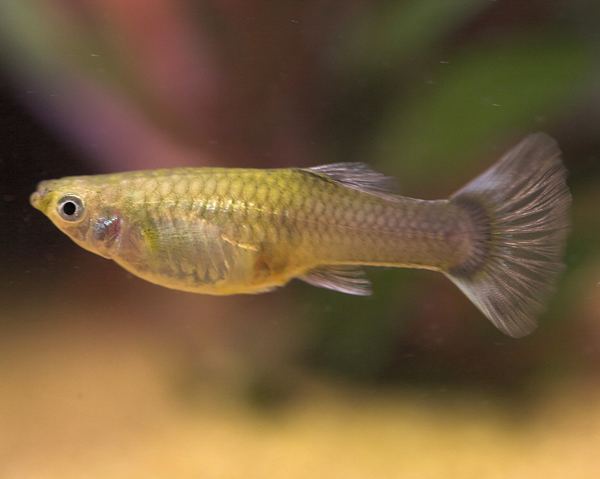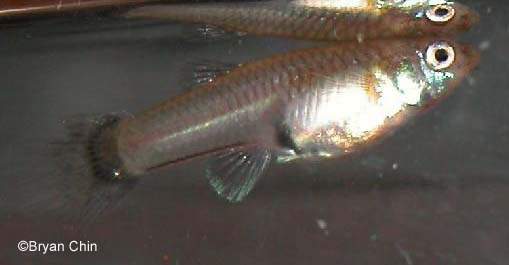Hello, I am new to the community and have only kept simple fish in simple tanks. With the help of a friend of mine who who took some biology in university, we would like to start a self sustaining environment! Neither of us know where to start, but our first goal is to have a self cleaning sustaining system that just requires adding water to replace what has evaporated. We are also toying with closing the tank to try a closed system.
We actually decided to do this during a small debate with some friends of ours who bet us $1000 that it was not possible.
The rules we have been given are as follows:
1) no unnatural filtration or aeration of the water or soil
2) no water changes
3) no feeding of critters by adding non sustaining food
4) must self sustain at least 2 fish
We have a 30 gallon fish tank, and would like to start with plant life snails and microbes. We will probably keep it in that state for 6 months or longer and we'd like to create a low light system for slow growth.
We know that at least this is possible, we have heard of others being able to keep a system like this for years, just no details as to how.
At some point we will add small very population of fish and have them replicate or sustain them selves or at least sustain them selves through their own life cycle with out reproducing, and re stock as needed.
With your help, we are hoping to create this biology experiment, document it with video and post it on youtube.
We are allowed to add plant nutrients, and add collected rain water to replace evaporation.
Do you think this can be done? Or do you think I am short $1000 bucks?
If anything I would like to at least try it and see how far we can go!
 opcorn:
opcorn:
Looking forward to hearing some replies!
Reign.
We actually decided to do this during a small debate with some friends of ours who bet us $1000 that it was not possible.
The rules we have been given are as follows:
1) no unnatural filtration or aeration of the water or soil
2) no water changes
3) no feeding of critters by adding non sustaining food
4) must self sustain at least 2 fish
We have a 30 gallon fish tank, and would like to start with plant life snails and microbes. We will probably keep it in that state for 6 months or longer and we'd like to create a low light system for slow growth.
We know that at least this is possible, we have heard of others being able to keep a system like this for years, just no details as to how.
At some point we will add small very population of fish and have them replicate or sustain them selves or at least sustain them selves through their own life cycle with out reproducing, and re stock as needed.
With your help, we are hoping to create this biology experiment, document it with video and post it on youtube.
We are allowed to add plant nutrients, and add collected rain water to replace evaporation.
Do you think this can be done? Or do you think I am short $1000 bucks?
If anything I would like to at least try it and see how far we can go!
Looking forward to hearing some replies!
Reign.




